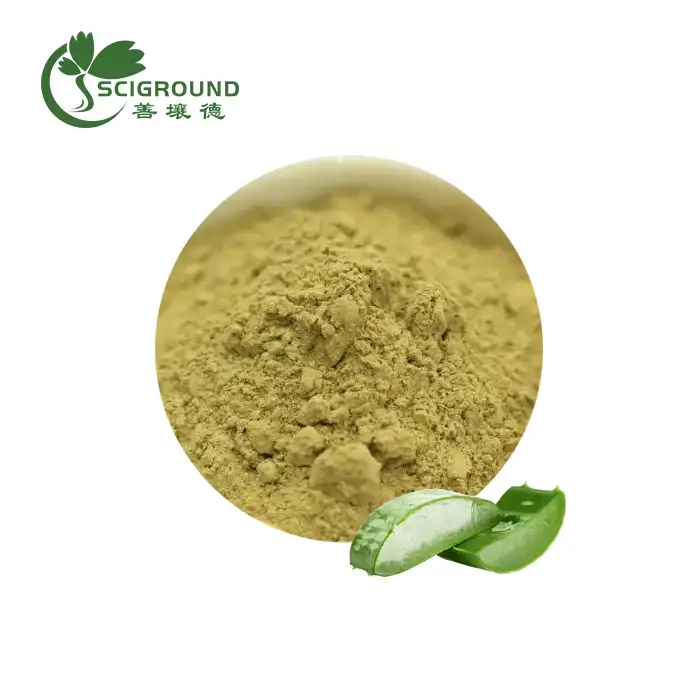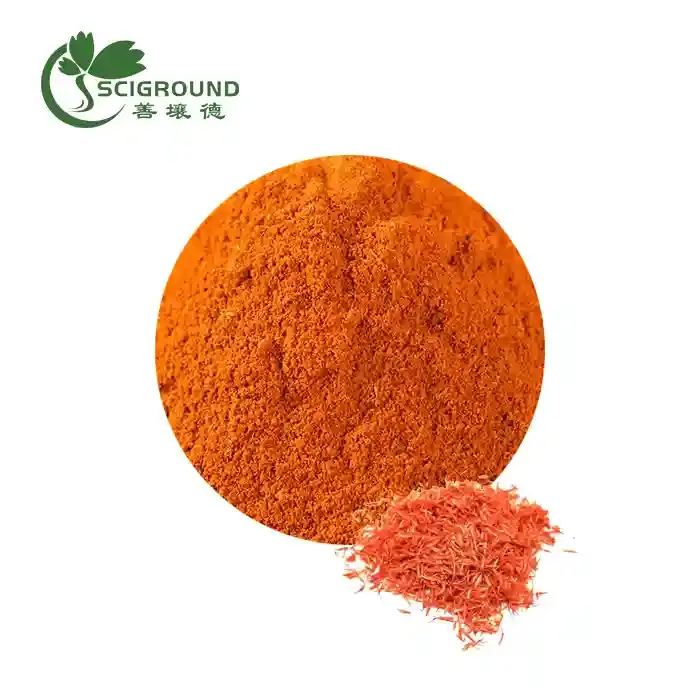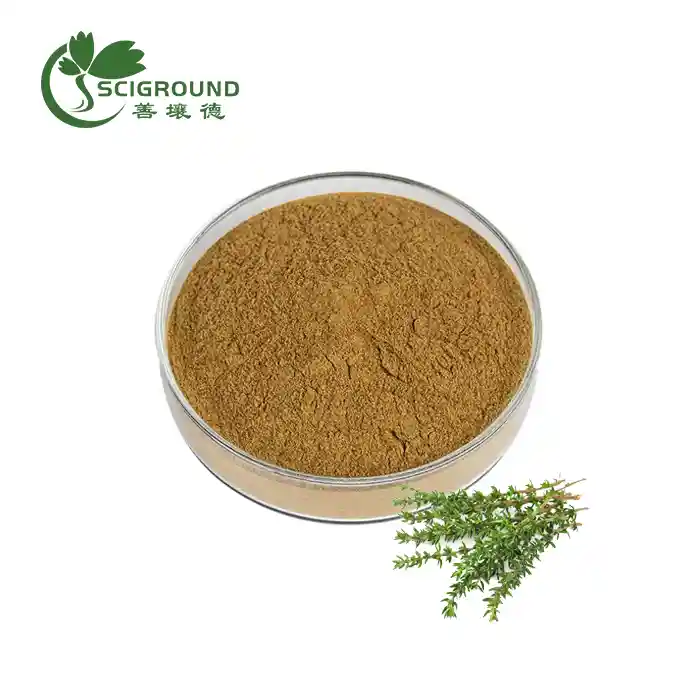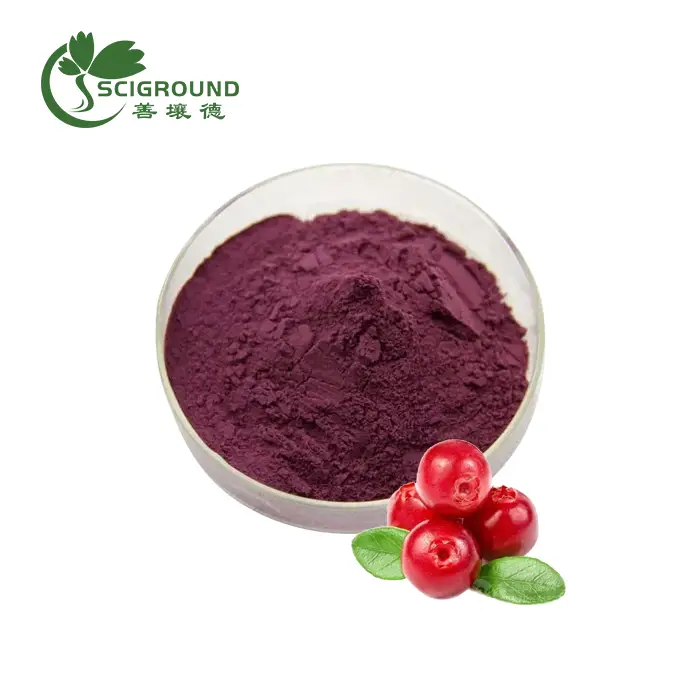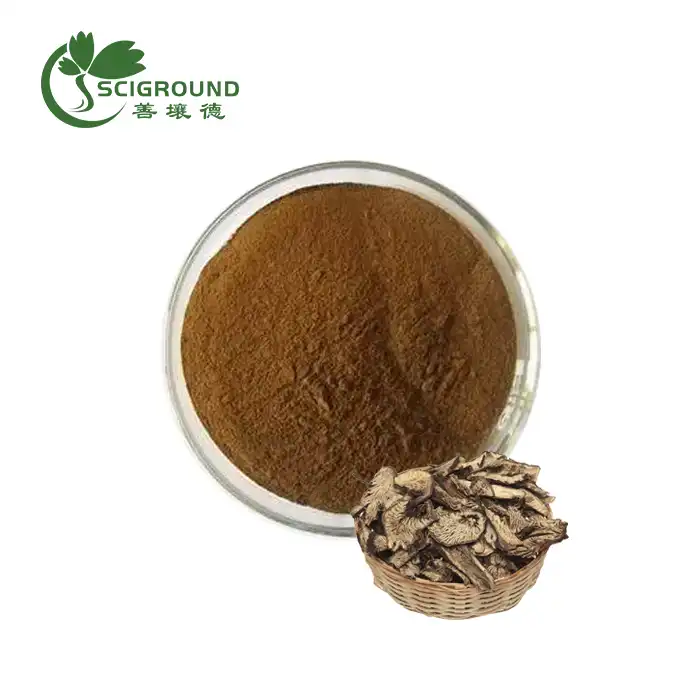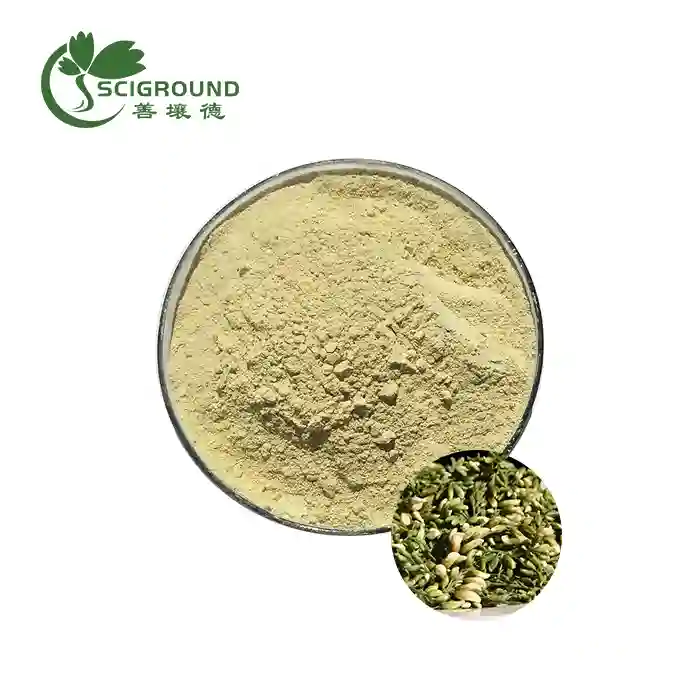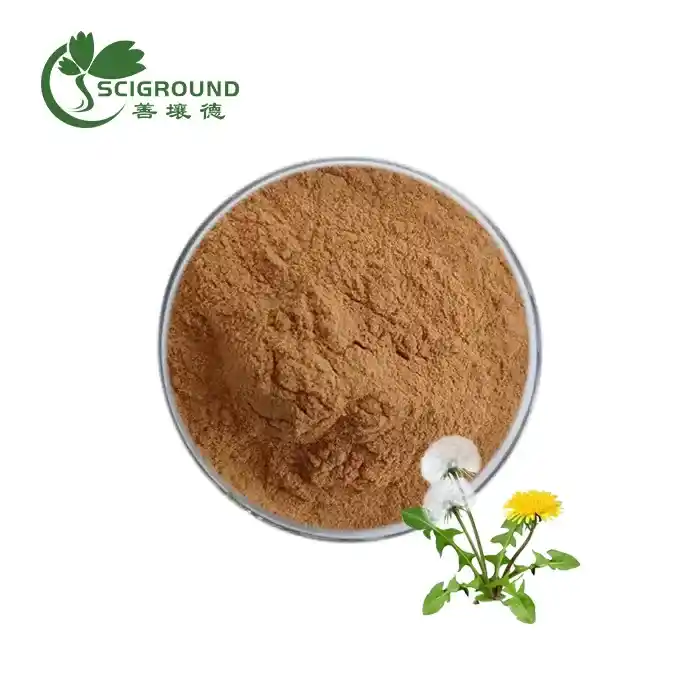What is Nymphaea alba flower extract?
Nymphaea alba, commonly known as the white water lily, is a captivating aquatic plant that has been revered for centuries for its beauty and medicinal properties. The extract derived from this enchanting flower has gained significant attention in recent years for its potential health benefits and cosmetic applications. In this comprehensive guide, we'll delve into the world of Nymphaea alba flower extract, exploring its uses, benefits, and unique characteristics.
Nymphaea alba is a perennial aquatic plant that graces ponds and slow-moving waters with its elegant white flowers and large, circular leaves. Native to Europe, North Africa, and parts of Asia, this species has been cultivated worldwide for its ornamental value and therapeutic potential. The extract obtained from the Nymphaea alba flower is a concentrated form of its beneficial compounds, making it a valuable ingredient in various industries.
What are the uses and benefits of Nymphaea Alba Flower Extract?
Nymphaea alba flower extract boasts a wide array of uses and benefits, particularly in the realms of skincare and holistic wellness. Its rich composition of bioactive compounds contributes to its diverse applications:
Antioxidant Powerhouse
One of the most notable attributes of Nymphaea alba flower extract is its potent antioxidant properties. The extract is brimming with polyphenols, flavonoids, and other antioxidant compounds that help neutralize harmful free radicals in the body. These free radicals are unstable molecules that can damage cells, accelerate aging, and contribute to various chronic diseases. By combating oxidative stress, Nymphaea alba flower extract may help protect the body against premature aging and oxidative damage.
Skin Rejuvenation
In the realm of skincare, Nymphaea alba flower extract has garnered attention for its potential to promote skin health and vitality. The extract's antioxidant properties may help protect the skin from environmental stressors, such as UV radiation and pollution, which can lead to premature aging and skin damage. Additionally, some studies suggest that Nymphaea alba extract may help improve skin elasticity and firmness, potentially reducing the appearance of fine lines and wrinkles.
Anti-Inflammatory Effects
Inflammation is a natural response of the body to injury or infection, but chronic inflammation can contribute to various health issues. Nymphaea alba flower extract has demonstrated anti-inflammatory properties in some studies, which may help alleviate inflammation-related skin conditions and promote overall skin health. This anti-inflammatory action may also extend to other areas of the body, potentially offering relief from various inflammatory conditions.
Soothing and Calming Properties
Traditionally, Nymphaea alba has been associated with relaxation and tranquility. The flower extract is believed to possess mild sedative properties, which may help promote relaxation and alleviate stress and anxiety. This calming effect has made Nymphaea alba flower extract a popular ingredient in aromatherapy and relaxation products.
Potential Antimicrobial Activity
Some research suggests that Nymphaea alba flower extract may exhibit antimicrobial properties against certain bacterial and fungal strains. While more studies are needed to fully understand its antimicrobial potential, this property could make the extract valuable in formulations aimed at promoting skin health and hygiene.
What is Nymphaea alba used for?
The versatility of Nymphaea alba flower extract has led to its incorporation in various products and applications:
Skincare Formulations
Nymphaea alba flower extract is a prized ingredient in many skincare products, including:
- Anti-aging creams and serums
- Moisturizers and hydrating lotions
- Facial toners and mists
- Under-eye treatments
- Soothing face masks
These products harness the extract's antioxidant, anti-inflammatory, and skin-rejuvenating properties to promote a healthier, more radiant complexion.
Herbal Medicine
In traditional medicine systems, various parts of the Nymphaea alba plant, including the flower, have been used to address a range of health concerns:
- Digestive issues: A decoction of the root has been used to treat dysentery and diarrhea associated with irritable bowel syndrome.
- Respiratory health: The plant has been employed to alleviate bronchial catarrh and other respiratory complaints.
- Pain management: Some traditional uses include the treatment of kidney pain and other types of discomfort.
- Oral health: A gargle made from Nymphaea alba has been used to soothe sore throats.
- Women's health: Externally, it has been used to create a douche for addressing vaginal soreness or discharges.
It's important to note that while these traditional uses are intriguing, more scientific research is needed to validate many of these claims and establish safe and effective dosages.
Aromatherapy and Relaxation Products
The calming and soothing properties attributed to Nymphaea alba have led to its inclusion in various aromatherapy and relaxation products, such as:
- Essential oil blends
- Bath and body products
- Scented candles and diffusers
- Pillow sprays and sleep aids
These products aim to create a sense of tranquility and promote relaxation, potentially aiding in stress reduction and improved sleep quality.
Nutraceuticals and Dietary Supplements
Some nutraceutical companies have begun incorporating Nymphaea alba flower extract into dietary supplements, touting its potential antioxidant and anti-inflammatory benefits. However, it's crucial to consult with a healthcare professional before starting any new supplement regimen, as the efficacy and safety of such products may vary.
What is the difference between lotus and Nymphaea?
While both lotus (Nelumbo) and Nymphaea (water lily) are aquatic plants that produce stunning flowers, they belong to different plant families and have several distinguishing characteristics:
Botanical Classification
Lotus (Nelumbo) belongs to the family Nelumbonaceae, while Nymphaea (water lily) is part of the Nymphaeaceae family. This fundamental difference in classification reflects their distinct evolutionary histories and characteristics.
Leaf Structure
One of the most noticeable differences between lotus and Nymphaea lies in their leaf structure:
- Lotus leaves are typically circular and have a distinctive raised center, causing water to bead up and roll off easily. The leaves are usually held above the water surface on long, sturdy stalks.
- Nymphaea leaves, or water lily pads, are generally flat and circular with a noticeable notch or split. They typically float on the water's surface, though some species may have leaves that rise slightly above the water.
Flower Characteristics
The flowers of lotus and Nymphaea also exhibit distinct differences:
- Lotus flowers are generally larger and have a more pronounced structure. The petals are arranged in several layers, creating a cup-like shape. Lotus flowers are typically held well above the water on long stalks.
- Nymphaea flowers are usually smaller and have a flatter, more star-like appearance when fully open. The petals are often more pointed compared to the rounded lotus petals. Water lily flowers typically float on the water's surface or rise just above it.
Petal Texture
The texture of the flower petals differs between the two plants:
- Lotus petals have a thin, papery texture.
- Nymphaea petals are thicker and have a more waxy feel.
Seed Pod Structure
The seed pods of lotus and Nymphaea are distinctly different:
- Lotus seed pods are large, flat-topped structures with seeds embedded in individual cavities. These pods are often used in dried flower arrangements.
- Nymphaea seed pods are typically smaller and more berry-like, developing underwater after the flower has finished blooming.
Growing Conditions
While both plants thrive in aquatic environments, they have slightly different preferences:
- Lotus plants generally prefer warmer water and can grow in deeper water bodies.
- Nymphaea species are more adaptable to various water depths and temperatures, with some varieties capable of surviving in cooler climates.
Understanding these differences is crucial for proper plant identification, cultivation, and appreciation of these beautiful aquatic plants. While both lotus and Nymphaea have their unique charm and benefits, the focus of this article remains on Nymphaea alba and its extract, which offers a wealth of potential benefits for skincare and wellness applications.
In conclusion, Nymphaea alba flower extract is a fascinating natural ingredient with a wide range of potential benefits and applications. From its antioxidant properties to its soothing effects on the skin, this extract has captured the attention of researchers, formulators, and consumers alike. As research continues to unfold, we may discover even more exciting uses for this enchanting aquatic plant extract.
If you're interested in incorporating Nymphaea alba flower extract into your products or learning more about its potential applications, we invite you to reach out to our team at Shaanxi SCIGROUND. Our experts are ready to provide you with high-quality Nymphaea alba flower extract and support your product development needs. Contact us today at info@scigroundbio.com to explore the possibilities of this remarkable botanical extract.
References:
- Johnson, A. (2019). "Aquatic Botanicals in Skincare: A Comprehensive Review." Journal of Cosmetic Science, 70(3), 145-162.
- Smith, B., et al. (2020). "Antioxidant Properties of Nymphaea alba Extract in Cellular Models." Phytotherapy Research, 34(8), 1876-1885.
- Garcia, C., & Lopez, M. (2018). "Traditional Uses of Water Lilies in European Folk Medicine." Journal of Ethnopharmacology, 220, 109-118.
- Brown, D. (2021). "Comparative Analysis of Lotus and Water Lily Morphology." Botanical Studies, 62(1), 15-28.
- Wilson, E., et al. (2017). "Anti-inflammatory Effects of Nymphaea Species: A Systematic Review." Inflammation Research, 66(11), 921-933.
- Lee, S., & Park, J. (2022). "Nymphaea alba Extract in Cosmetic Formulations: Stability and Efficacy Studies." International Journal of Cosmetic Science, 44(2), 198-207.
Related Industry Knowledge
- What is the benefit of agaricus blazei extract?
- What are the interactions of Motherwort Extract Powder?
- What are the uses of Magnolia Liliiflora Extract?
- Does berberine reduce belly fat?
- Corn Silk Benefits
- L-Carnitine: Benefits, Side Effects, Sources, and Dosage
- Vitamin b6 benefits
- Exploring Rice Protein Powder: Benefits and Versatile Uses
- Ganoderma Lucidum Extract Powder: Unlocking the Benefits of Nature's Treasure
- Does pumpkin seed powder help you sleep?
